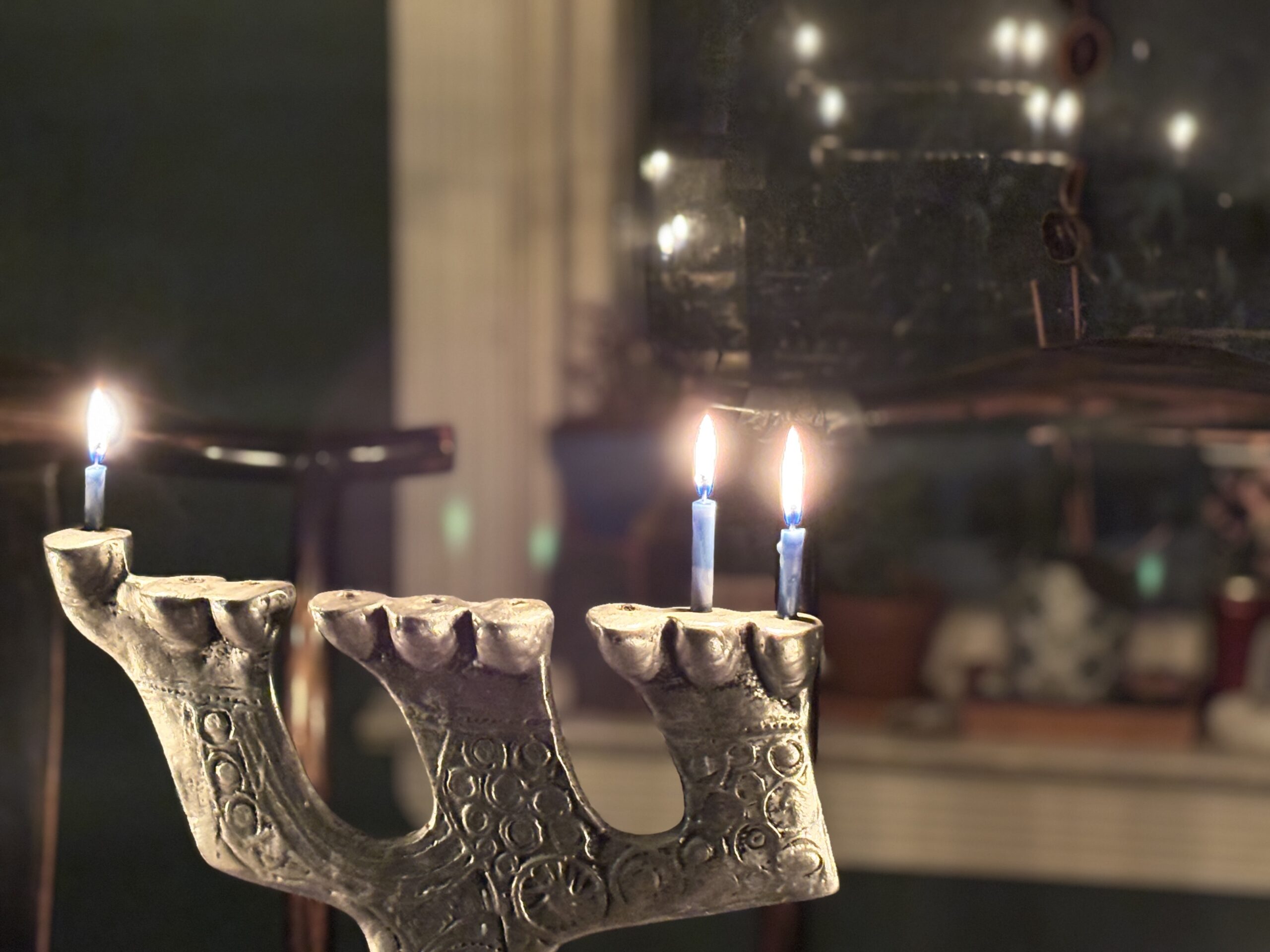This “Essence” is taken from the Sourcebook for Leaders, written by Rabbi Rachel Gartner and Barbara Berley Melits, for Rosh Hodesh: It’s a Girl Thing! This experiential program was created by Kolot: The Center for Jewish Women’s and Gender Studies to strengthen the Jewish identity and self-esteem of adolescent girls through monthly celebrations of the New Moon festival. The program is now available through Moving Traditions.
Fast Facts
Tevet is the tenth of twelve months of the Jewish calendar.
Tevet comes at the same time as the secular months December/January.
Tevet begins with the last days of Hanukkah.
The mazal (constellation) for Tevet is the gedi (goat).
“The goat works its way slowly, laboriously up the mountain of winter. Though the path is treacherous, the goat never slips or falls. Sure-footed, firmly centered in the earth, the creature eventually reaches the summit.”1 As winter deepens, and darkness arrives early, we remember that we too can reach summits of joy–even in darkness.
Features
Hanukkah concludes on the second of Tevet, thus completing the rededication of the Temple in Jerusalem.
Places of prayer, such as the Temple in Jerusalem, the mishkan (the portable tabernacle that preceded the Temple), and synagogues, have always been highly prized in Jewish life. Jewish mystics teach that the body is like a temple–a dwelling-place of God and of our soul. Just as we mourn the defilement of the Temple by those who did not see it as a dwelling-place of God, so we lament the harmful ways in which we mistreat our bodies when we forget that they house our souls. The Hebrew word “Hanukkah” means “dedication.” Just as we celebrate the rededication of the Temple, so we affirm our own rededication and commitment to respectful treatment of our bodies, the temples of our souls.
The 10th of Tevet. A minor fast on the 10th of Tevet commemorates the siege of Jerusalem on that day in 589 BCE by the Babylonian King Nebuchadnezzar, which ultimately led to the destruction of the First Temple and the exile of the Jews to Babylonia.
With the founding of the State of Israel in 1948, the 10th of Tevet was declared Yom Hakadish Haklali (General Day of Kaddish) to provide an opportunity to say the Kaddish (prayer for the dead) for those who died in the Holocaust whose precise date of death was unknown. Some have adopted the custom of mourning all those whose date of death is unknown on this day, including victims of war, genocide, or accidents. Yom Hakadish Haklali reflects Judaism’s deliberate effort to help us honor everyone in our past. As we think about those who have come before us, we are inspired to live a life worthy of their memory.
Fabulous Females
In Tevet we honor all Jewish women who came before us, particularly those whose lives and deaths went unrecorded.
Foods
This month dedicate yourself to treating your body like a holy temple. Honor your body by improving your eating habits: try avoiding non-nutritious foods, eating extra fresh fruits and vegetables, and drinking lots of water.
————————-












